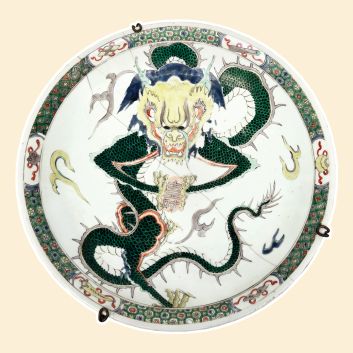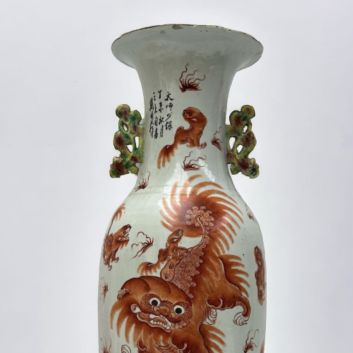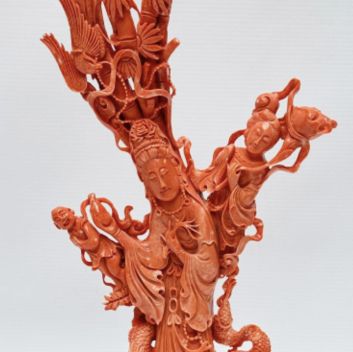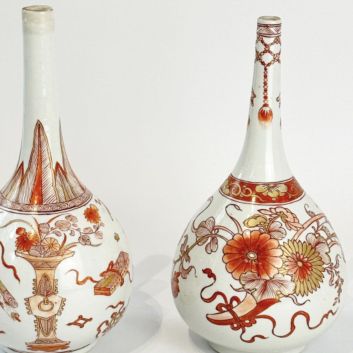Free estimate of your antique Chinese vase
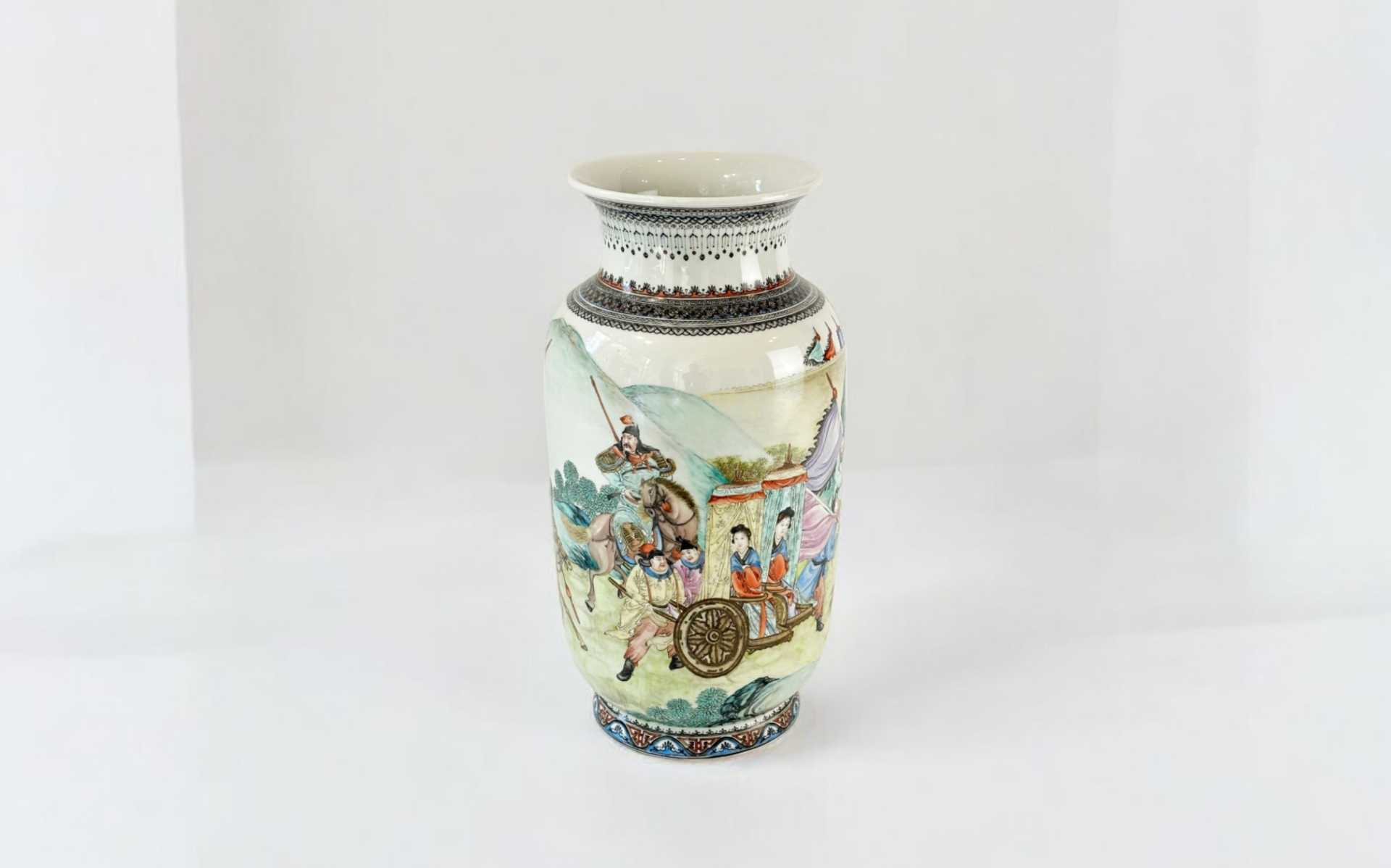
If you own one or more Chinese porcelain vases, and would like to know their value, our state-approved experts and auctioneers can offer you their expert appraisal services.
Our specialists will carry out a free valuation of your vase(s), and provide you with a precise estimate of its value on today's market.
Then, if you want to sell your porcelain, we'll point you in the right direction to get the best possible price.
Rating and value of Chinese porcelain vases
Chinese porcelain vases are collector's items currently sought after by French, European, Chinese and foreign collectors. If you own one or more, they may be worth more than you think.
On the art market, these objects can fetch very high prices under the auctioneer's hammer, and are often the subject of record-breaking media coverage.
They are particularly prized, and the price at which they sell on the art market ranges from €30 to €2,015,000, a fairly substantial range, but one that says a lot about the value that can be attributed to these objects without having some grounding in them.
In 2022, a 20th century Tianqiuping vase sold for €7,700,000. There is therefore a very strong potential for these objects to rise in value.
Order of value from a simple vase to the most prestigious
Vase type | Results |
|---|---|
Vase from the Yuan period (1260-1368) | From €300 to €266,000 |
Ming period vase (1368 - 1644) | From €300 to €6,350,000 |
Qing period vase (1644 - 1912) | From €300 to €7,700,000 |
Republic period vase (1912-1949) | From €200 to €2,015,000 |
PRC-period vase | From €10 to €1,000 |
Response in less than 24h
Chinese porcelain, a coveted treasure through the ages
Chinese porcelain production can be traced back to the Tang dynasty (618-907), when the first tricolored ceramics (sancai) appeared in shades of green, brown and white.
At the time, the technique was still rudimentary, but the quality of these pieces was already attracting attention. Under the dynasty of the Five Dynasties and Ten Kingdoms (907-960), new glazing methods emerged, laying the foundations for subsequent developments.
The Song dynasty (960-1279) marked a turning point, with the appearance of celadons and monochrome glazes, symbolizing subtle refinement.
The Jin dynasty (1115-1234), although less well known, also played a role in the development of porcelain, with significant advances in production and glazing techniques.
It was during the Yuan dynasty (1271-1368) that underglaze painting in cobalt blue made its appearance, giving rise to the blue and white style that would become emblematic of Chinese porcelain.
The Ming dynasty (1368-1644) represents the apogee of this art, with a diversity of motifs and colors, such as the famous cobalt blue under transparent glaze.
Under the Qing dynasty (1644-1911), porcelain art became even more diversified, with the emergence of styles such as famille rose (fencai) and famille verte (doucai). These new creations testify to a fertile imagination and a desire to please the refined tastes of the elite.
Even during the Republic of China (1912-1949), porcelain production continued, albeit marked by Western influences and political upheaval.
Each dynasty has contributed to shaping Chinese porcelain, creating an artistic heritage that continues to fascinate the world. This ancestral know-how, deeply rooted in the history of the people, makes Chinese porcelain a timeless symbol of art and culture.
The evolution of Chinese porcelain under the different dynasties:
Tang Dynasty (618-907): Porcelain production began during this era, with the creation of tricolored ceramics (sancai) in shades of green, brown and white. Production methods were still fairly rudimentary at this time.
Five Dynasties and Ten Kingdoms (907-960): This pivotal period saw the emergence of new ceramic and glaze techniques, laying the foundations for later advances.
Song dynasty (960-1279): The considerable boom in porcelain production during the Song dynasty led to the emergence of new styles and techniques, including celadons and monochrome glazes.
Jin dynasty (1115-1234): Coexisting with the Song dynasty, the Jin dynasty also participated in the development of Chinese porcelain, making similar advances in glazes and production techniques.
Yuan dynasty (1271-1368): Under the aegis of the Yuan dynasty, underglaze painting in blue cobalt was introduced, giving rise to a new style of porcelain emblematic of China.
Ming dynasty (1368-1644): Chinese porcelain reached its apogee during the Ming dynasty, with a diversity of styles and motifs, including underglaze blue cobalt and polychrome porcelains.
Qing Dynasty (1644-1911): The Qing dynasty saw the emergence of new porcelain styles, such as famille rose (fencai), famille verte (doucai) and famille jaune (huangcai), as well as the continued improvement of production techniques.
Republic of China (1912-1949): Porcelain production continued during the Republic of China, although styles and techniques were influenced by Western trends and political upheavals. Porcelain from this period often reflected nationalist or revolutionary themes.
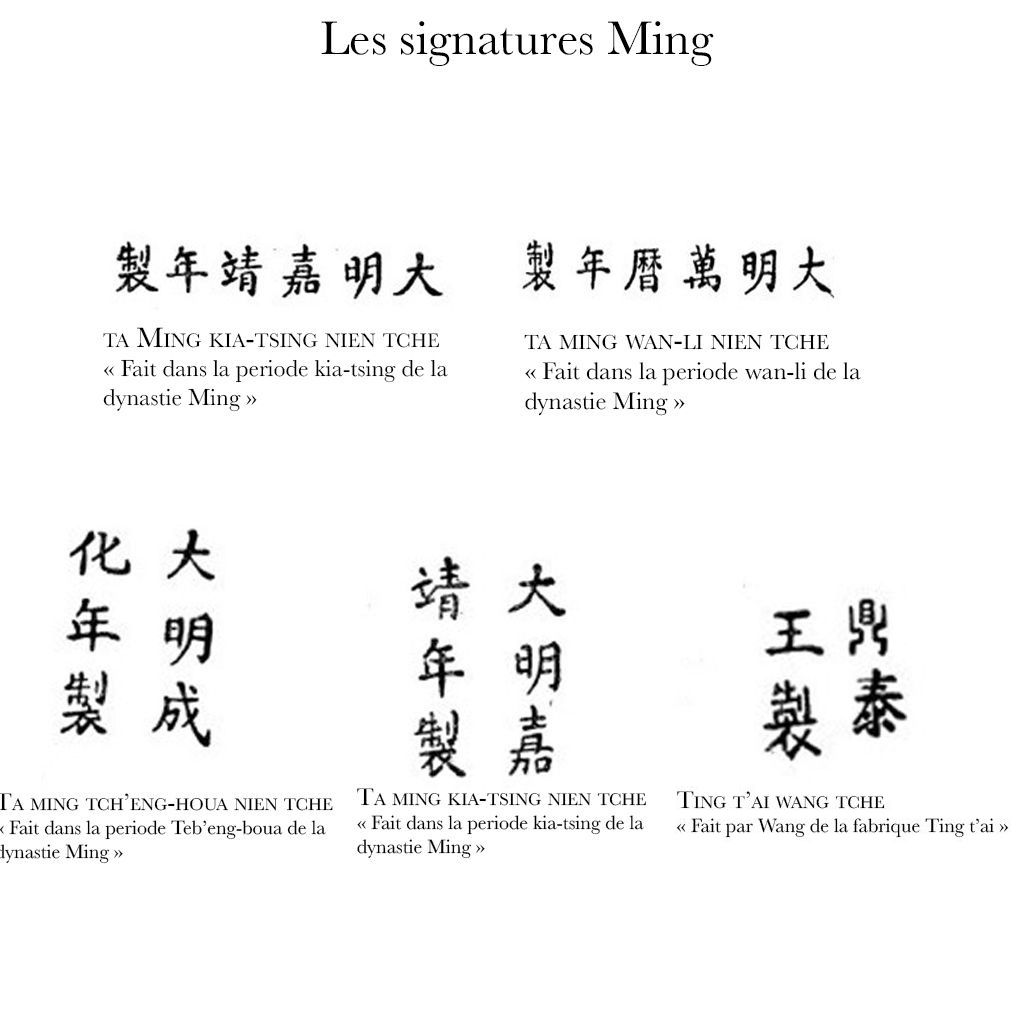

Style and technique of Chinese porcelain vase manufacture
Chinese porcelain, the first traces of which date back to the Tang dynasty, quickly became an imperial treasure.
Excavations in Jingdezhen, the undisputed capital of porcelain, reveal the mining of kaolin, an essential mineral for obtaining that immaculate whiteness.
Craftsmen perfect high-temperature firing in kilns reaching over 1,300°C, resulting in porcelain of unrivalled finesse.
Under the Ming dynasty, the technique of underglaze painting, notably with the famous cobalt blue imported from Persia, became a refined art, adorning vases, bowls and cult objects. The motifs, often inspired by nature and Chinese mythology, combined symbolism and aestheticism.
Around the 15th century, Europe fell in love with this exotic porcelain via the sea routes established by the Portuguese. Demand exploded, prompting Chinese workshops to adapt certain designs to satisfy the tastes of Western royal courts.
Delicate pieces, previously reserved for the emperor and temples, became prized export items, adorned with dragons, plum blossoms or Chinese landscapes.
This jealously guarded know-how remained inaccessible to Europeans, who, despite their attempts at imitation, only managed to rival it in the 18th century with the creation of factories such as Meissen in Germany and Vincennes - moved to Sèvres in France in 1756 (whether for vases, cookies or other products).
Chinese porcelain, with its brilliance, finesse and elaborate patterns, remains the absolute benchmark in the art of ceramics.
The global influence of Chinese porcelain
Chinese ceramics, a central pillar of ancient Chinese art, conquered the world with their refinement and exceptional quality. As early as the 17th century, Europeans discovered this delicate porcelain and imported large quantities to decorate their homes.
However, long before that, Chinese ceramics production was already largely export-oriented.
As early as the Tang dynasty, Jingdezhen craftsmen adapted their skills to satisfy foreign tastes, making Chinese porcelain one of the first examples of sophisticated craftsmanship designed for international markets.
Royal courts and elites in the Middle East and Europe were fascinated by these luxurious objects, symbols of prestige and wealth. The motifs, often inspired by nature, reflect Chinese culture while adapting to local preferences, making each piece unique.
Today, Chinese porcelain continues to enchant, whether through recent souvenirs or priceless antique pieces.
However, distinguishing a reproduction from a genuine antique remains a matter of expertise. Only a certified expert or auctioneer can authenticate these treasures, revealing their full history and heritage value.
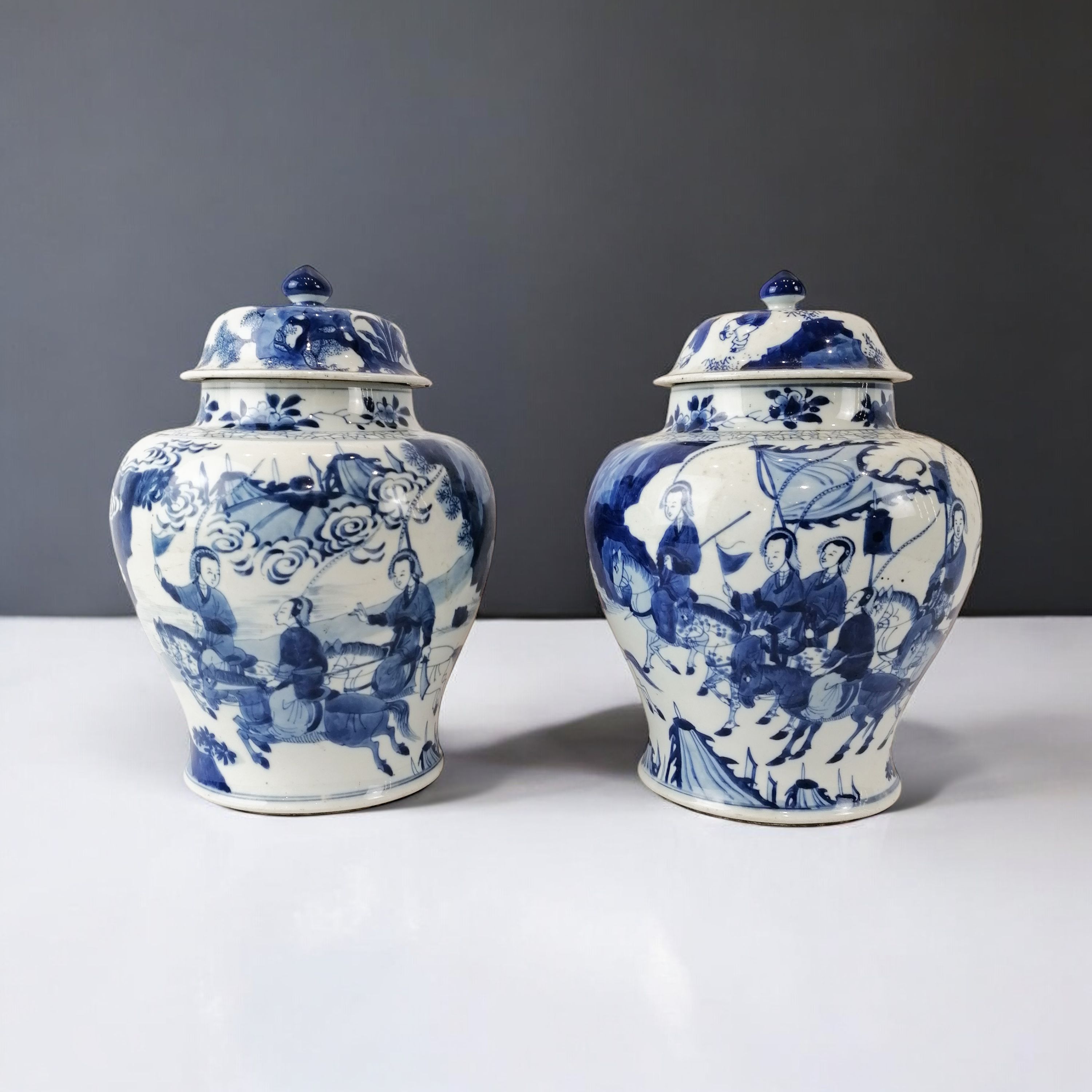
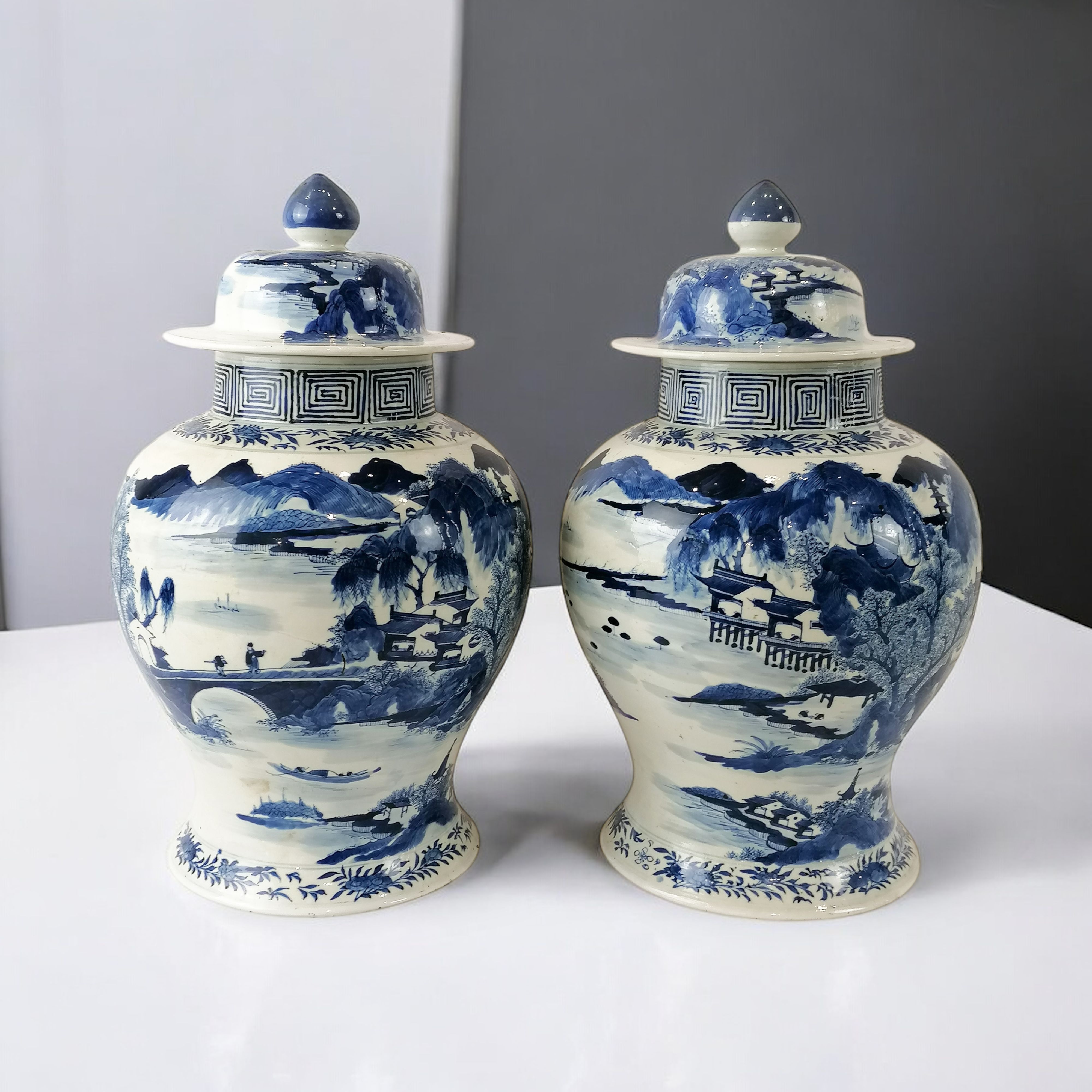
The different signatures on Chinese porcelain
On Chinese porcelain, signatures are often placed underneath the object and may be painted or incised. These marks may include information such as the artist's name, place of production, dynasty or auspicious wishes. The signatures are usually written in traditional Chinese characters.
On Chinese porcelain, signatures are often found discreetly placed beneath the objects, either painted or incised. These marks carry valuable information, such as the artist's name, place of production, dynasty or auspicious wishes.
Usually written in traditional Chinese characters, the signatures reveal the history and craftsmanship of each piece.
Among the types of marks that can be seen on Chinese porcelain, imperial marks stand out. These markings indicate production for the emperor, and often bear his name.
Kiln marks, meanwhile, indicate the place of production, such as the famous Jingdezhen, Dehua or Yue kilns, renowned for their excellence.
Workshop or artist marks reveal the identity of the craftsman or workshop responsible for creating the piece. There are also quality marks, which certify the superiority of the piece, using terms such as "pure" (清, qīng) or "perfect" (完美, wánměi).
Finally, wish marks carry expressions of happiness, longevity and prosperity.
It is important to note that marks on Chinese porcelain can be misleading. Copies have been made in order to increase the perceived value of the works.
Thus, it is essential to have a piece of porcelain examined by an auctioneer or expert in order to date and estimate it accurately. However, it is crucial to bear in mind that the estimate of a piece does not always reflect its true market value.
Auctions can be unpredictable, and it is not uncommon for buyers to secure porcelain at prices well above their initial estimates.
The auctioneers are experts in their field, with in-depth knowledge of the different eras, styles and manufacturing techniques of Chinese porcelain.
By having your porcelain appraised by a professional, you can be sure of obtaining an accurate estimate of its value, useful in the event of sale or insurance.
What's more, these experts can also provide advice on the conservation and care of Chinese porcelain, helping to preserve the object's beauty and value over the long term.
Common types of marks on Chinese porcelain include:
Imperial Marks: These show that the coin was produced for the emperor and often bear the name of the reigning emperor.
Kiln marks: They indicate the place of production, for example, the famous kilns of Jingdezhen, Dehua or Yue.
Workshop or artist marks: These bear the name of the artist or workshop responsible for creating the piece.
Quality marks: these denote the superior quality of the piece, with terms like "pure" (清, qīng) or "perfect" (完美, wánměi).
Wish marks: They contain auspicious expressions for happiness, longevity, prosperity, etc.
It is important to know that marks on Chinese porcelain can be misleading, as they have sometimes been copied to increase the perceived value of the work. This is why it is essential to present a piece of Chinese porcelain to an auctioneer and an expert so that they can date and appraise it.
However, it is important to keep in mind that the estimate of a Chinese porcelain does not necessarily represent its true value. Auctions are often unpredictable, and buyers can win Chinese porcelain for very large sums of money, far beyond their initial estimate.
Auctioneers are experts in their field and have extensive knowledge of the different eras, styles and techniques of Chinese porcelain manufacture. By having your porcelain professionally appraised, you can get an accurate estimate of the value of your item, which can be helpful if you plan to sell or insure it. In addition, auctioneers can also provide advice on the preservation and care of Chinese porcelain, which can help preserve the object's beauty and value over the long term.
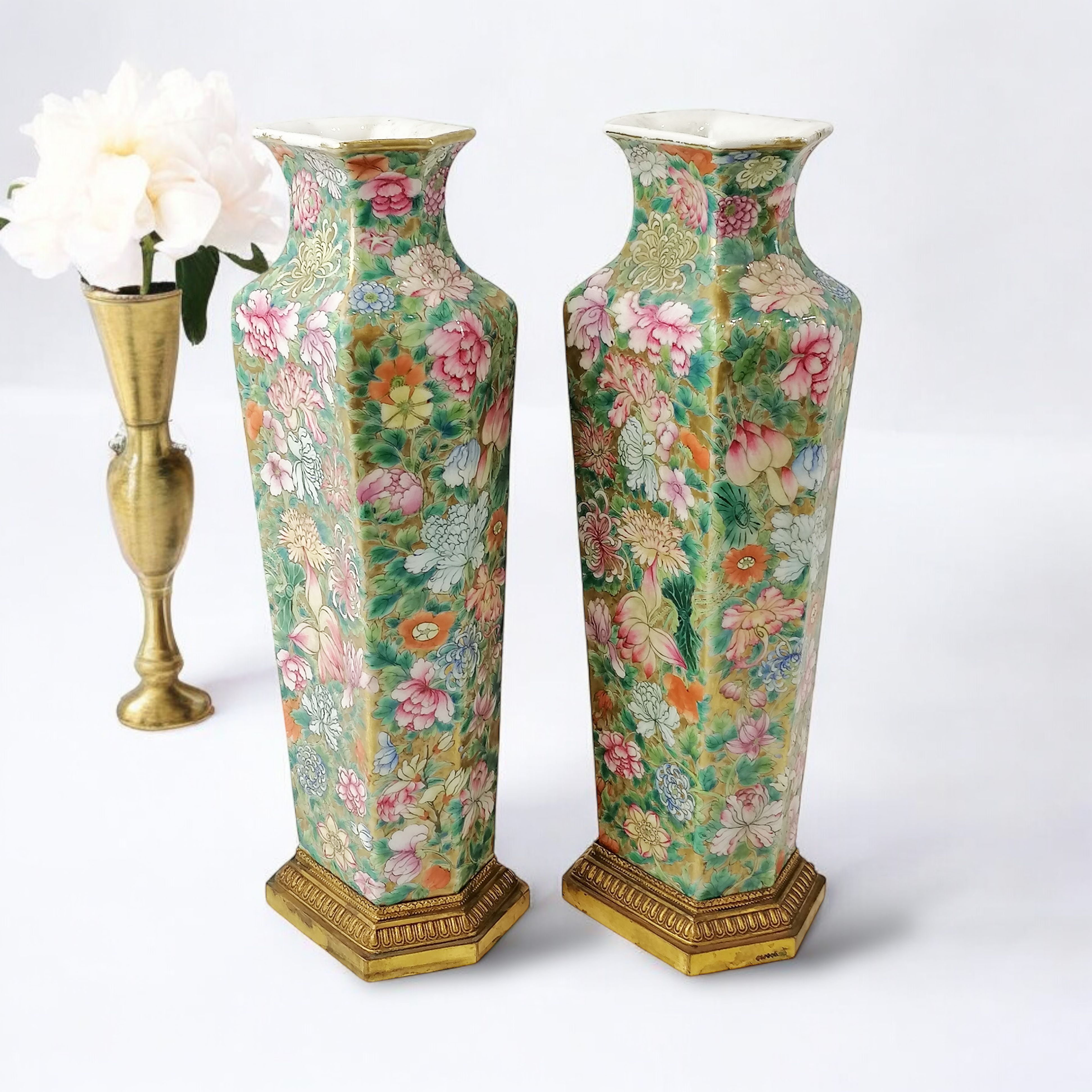

Important : Apocryphal marks on Chinese vases
Apocryphal marks on Chinese vases appeared at the end of the 19th century and into the 20th, at a time when porcelain vases were very popular all over the world.
These marks, often engraved (Nanking productions, for example) or painted on the back of the pieces, seek to imitate the signatures of the Ming and Qing dynasties, which somewhat upsets the market and misleads some buyers.
Craftsmen, eager to capitalize on this craze, apply quality labels, like those from Jingdezhen, to give an air of authenticity.
Minguo production, from 1912 to 1949, is a perfect example. It blends traditional techniques with modern influences. Vases created during this period often feature motifs inspired by past dynasties, but bear markings designed to appeal to today's collectors.
It is therefore crucial for art lovers to call on experts to authenticate all these pieces. The search for authenticity helps to navigate this complex market, where apocryphal vases, though attractive, cannot match the value and charm of genuine treasures from the past.
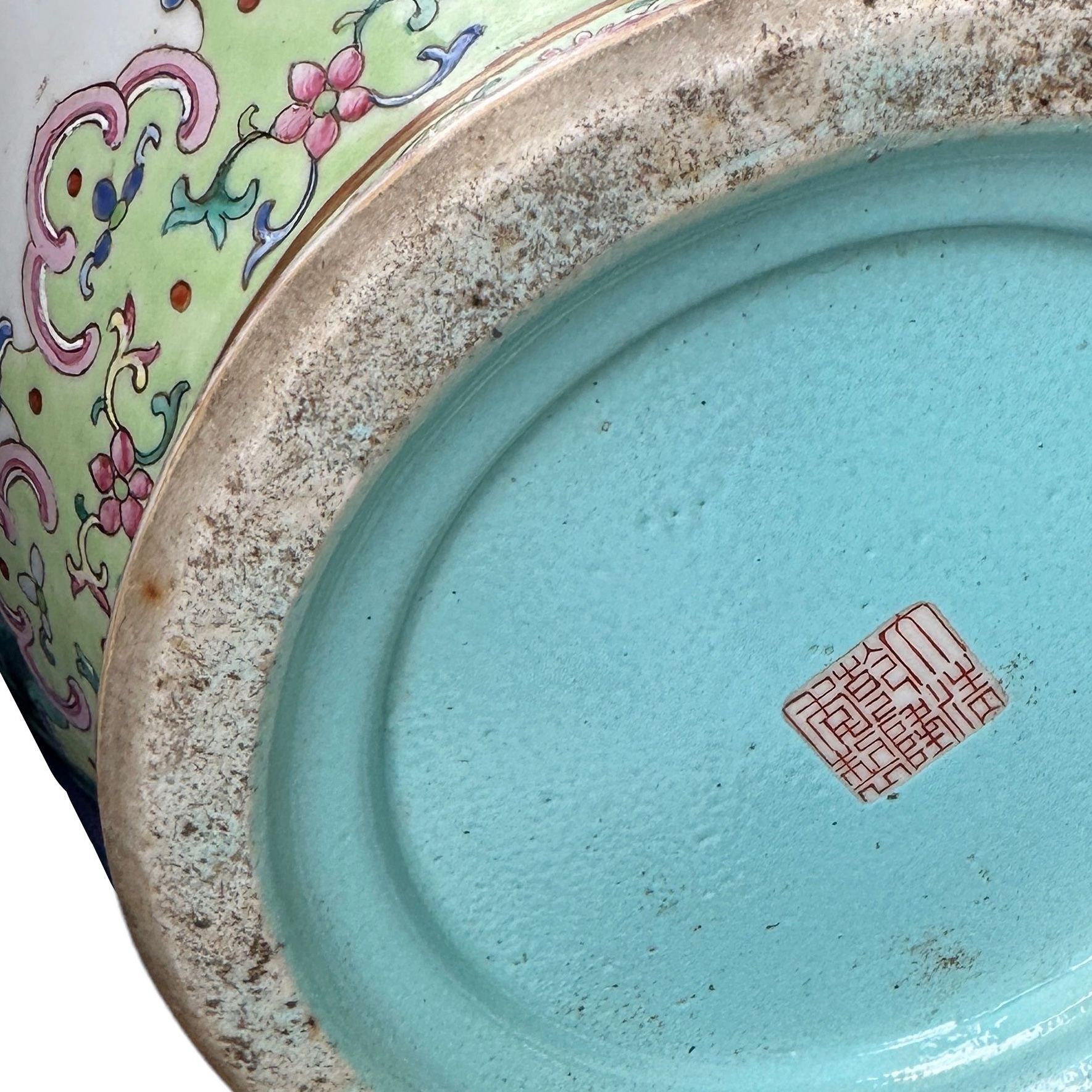
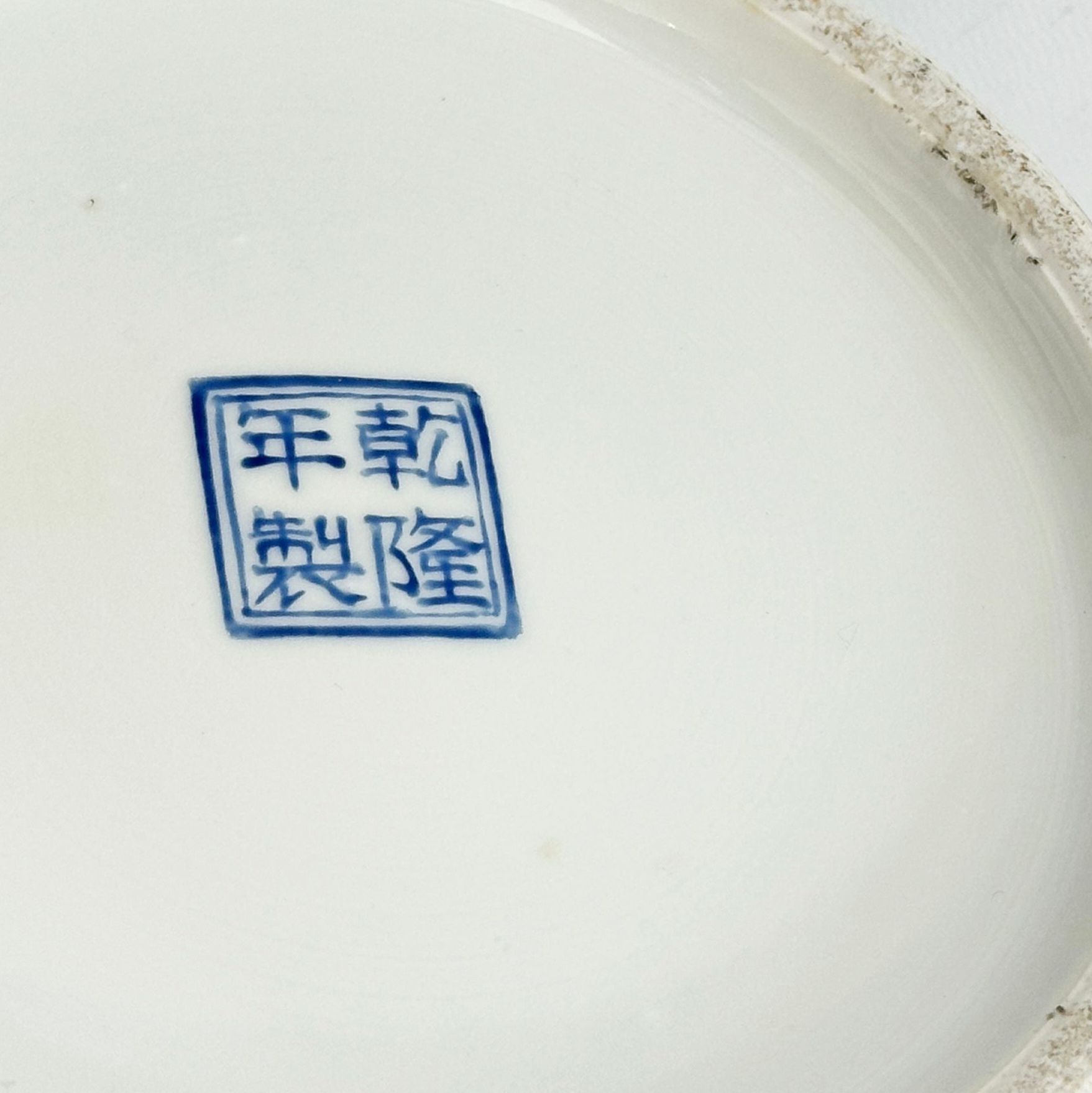
Knowing the value of Chinese porcelain
If you happen to own one or more Chinese vases, don't hesitate to request a free evaluation using the form on our website.
A member of our team of experts and certified auctioneers will contact you promptly to provide you with an estimate of the market value of your work, as well as any relevant information about it.
If you're thinking of selling your vase, our specialists will also be on hand to help you find alternatives for selling it at the best possible price, taking market trends into account.
Response in less than 24h
Related topics
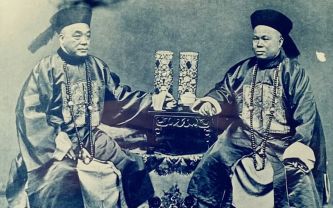
Get a free estimate for your Chinese, Asian,...
Chinese dresses are unique and fascinating pieces of art. To have them appraised by an impartial expert is fundamental.
Read more >
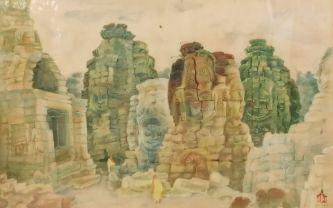
Rating and value of works, paintings by Thuong Lan Nguyen
Thuong Lan, a little-known Vietnamese artist, is nevertheless appreciated at auction. His works are very valuable. Estimated in less than 24h.
Read more >
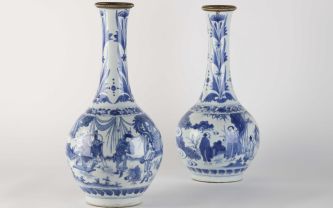
Rating and value of Chinese porcelain vases
Chinese porcelain vases are highly sought-after items at auction. They are prized by collectors.
Read more >
Secure site, anonymity preserved
State-approved auctioneer and expert
Free, certified estimates
